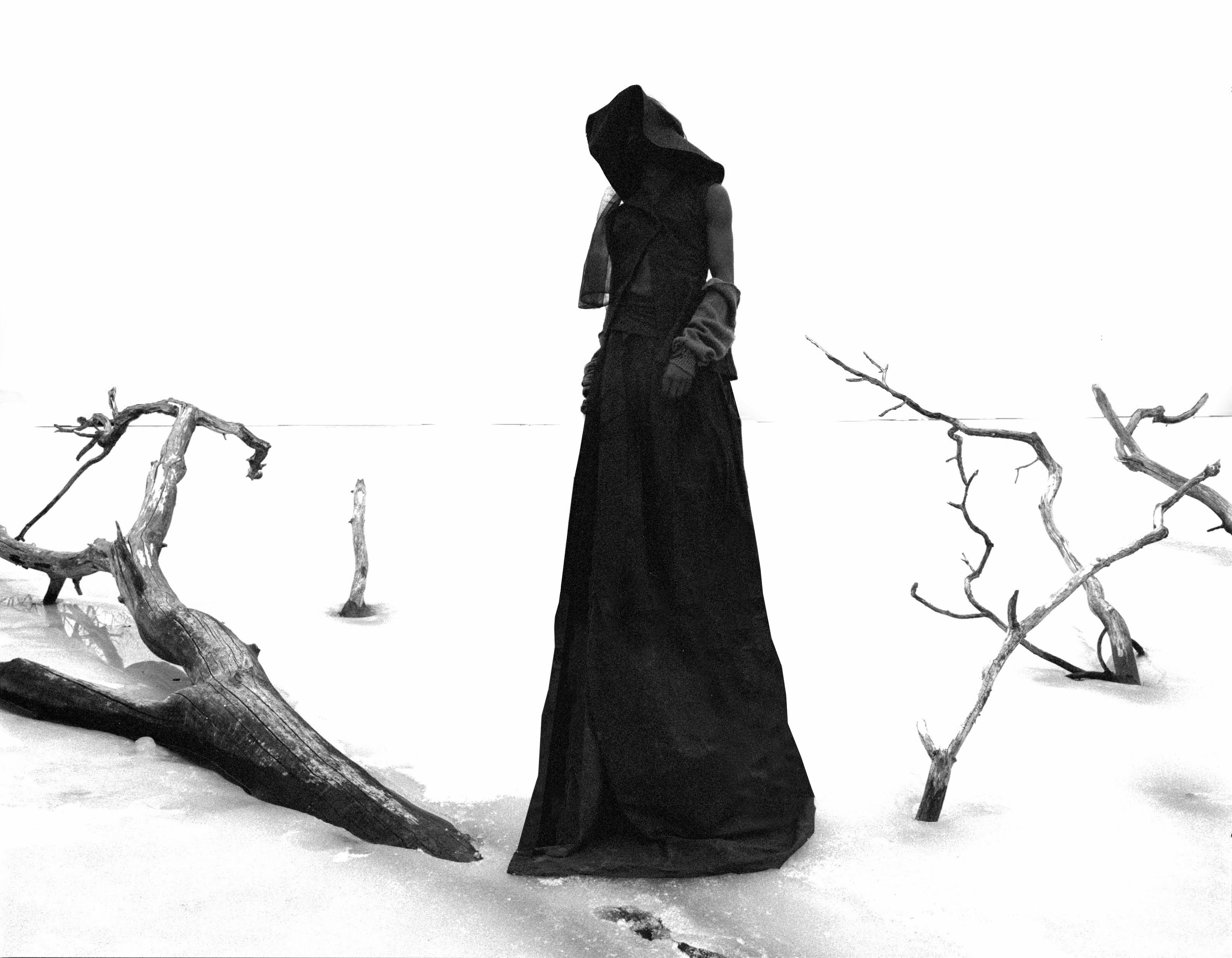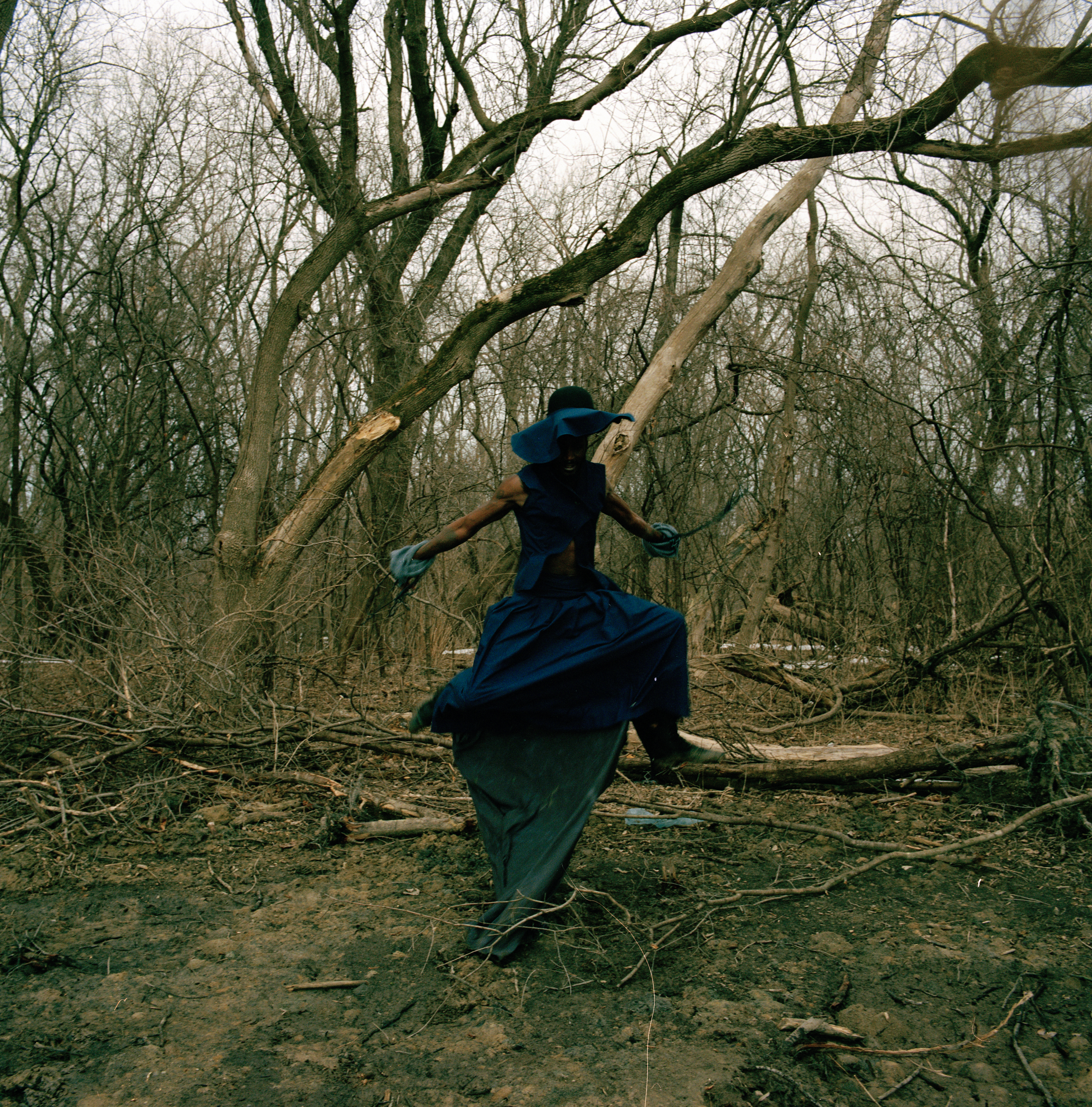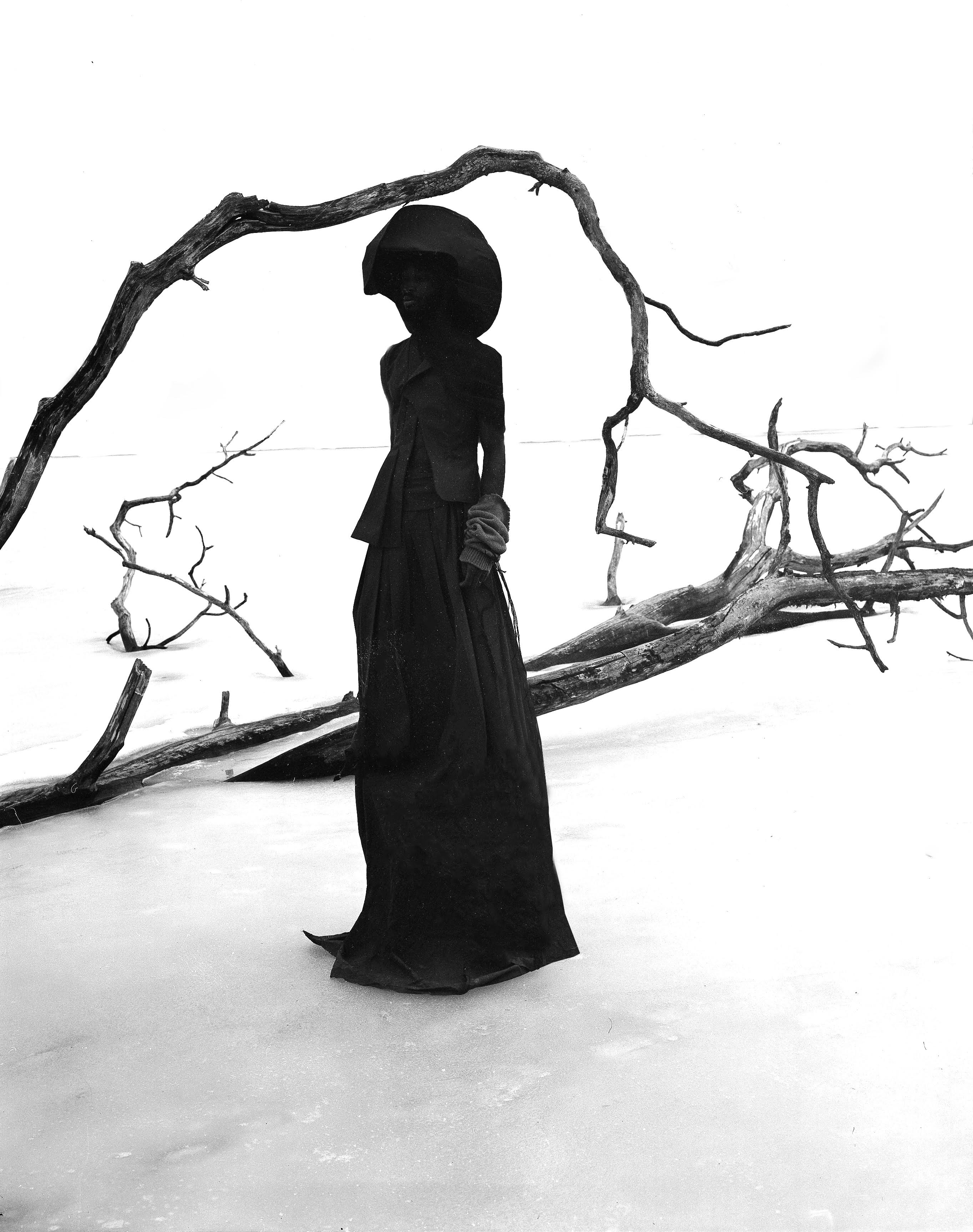
Born in Cambodia, and having spent his adolescent years traveling around the world, Sam Fissell is not your ordinary SAIC fashion student. While growing up in a foreign environment comes with a repertoire of enlightening experiences, such as exposure to new cultures, hardships have also ensued as Sam continues to struggle with his cultural identity. Despite these obstacles, he was able to find a silver lining — they have shaped him into the designer that he is today.
Growing up Khmer in an American household, his interest in focusing on “the space between two elements” paved the way for his current and future designs through the fusion of Southeast Asian and Western culture in his work. I reached out to Sam to discuss his fashion identity and how his cultural identities are translated through his work.
Emily Chae: How would you describe your style?
Sam Fissell: I think style is a relative term; my ideas are always transforming and growing. I never try to force a particular style when I am designing. Everything I create is based on how I’m feeling for that particular project. However, I am heavily influenced by my cultural background every time I create.
EC: What inspires your style?
SF: My work is often driven by the concept of the occupation of space in between two things. As a Cambodian adoptee growing up in America, I find myself looking where I belong constantly because I do not necessarily feel like I belong to either side. This feeling is what inspires much of my work.
EC: Is there a brand or designer you look up to?
SF: Recently I’ve been inspired by the work of Peter Do and his team. Seeing a Southeast Asian designer make waves in the fashion industry is something I can only dream of achieving. There aren’t many Southeast Asian designers in general, so seeing him thrive gives me hope.

EC: Where do you look for creative inspiration?
SF: I take inspiration from everything. From photos to conversations I have with my friends, every day, I write down in my phone what I see and hear. I find the best ideas are usually the ones that make me question myself and will often consciously or subconsciously inspire my work. But I would say a lot of my resource and inspiration comes from collaborating with friends and my mom cause she’s an artist. I find [collaborating] helpful and important in my work, especially when it comes to jewelry and photography, because I’d rather spend time focusing on fashion and have an expert on photography or jewelry help me, rather than stretching myself thin trying to teach myself a new craft.
EC: You studied Visual Communication Design during your first year at SAIC. What made you switch to fashion?
SF: I’ve always been interested in fashion way before college, but in my first year and a half, I was afraid fashion was too risky, and so I put that part of me on the shelf. Sophomore year, I decided to take a leap of faith because I was not happy with where I was creatively, and ever since, I’ve never turned back.
EC: Were you hesitant about switching?
SF: Of course, fashion is incredibly competitive and you often have to overwork yourself and sacrifice a lot. That being said, I am in love with the process and growth, so I do not regret my decision.
EC: Would you say COVID-19 has affected the fashion industry? If so, how?
SF: COVID-19 has pushed the fashion industry into an uncomfortable place for big heritage houses. People are starting to realize it’s unnecessarily wasteful to have five or more collections in 12 months. Over the last year, young designers are the ones who have garnered new ideas about where to push the fashion industry in a new direction in terms of technology and sustainability.
EC: This past year, you designed a series of garments inspired by Khmer traditional clothing. What was the process like?
SF: It’s always difficult to capture the right feeling when it comes to referencing something as sacred and significant as cultural clothing. Encapsulating the history while also creating my own context is something I spent the most time doing while designing my last summer collection.
EC: If you were to create your own brand, would it be based on Khmer art and culture?
SF: Most likely it would, but I wouldn’t box myself into one concept at the moment.

EC: Would you consider your current and future pieces to be gender neutral?
SF: Yes, that’s a big part of my work, but I don’t really think about gender that much. Rather I create garments that will look good on people, regardless of their gender.
EC: Khmer traditional clothing is very gender-specific, while your pieces are gender-neutral. How do you approach a respectable line in converting cultural gender-specific clothing into a fusion with western fashion that isn’t targeting a specific gender?
SF: That’s a great question. There is a sort of flipping that I like to do. Because Khmer traditional clothing is so gender-specific, using the general norms and flipping them is something that I’ve been interested in.
EC: Do you hope to launch your own line one day? Or is there a designer you would like to for?
SF: Eventually after gaining more industry experience, I hope to one day. For now, my focus is on my craft and planning the steps to get to where I want to be.
EC: New York City is one of the hubs for fashion, do you think studying fashion in Chicago has limited your creativity?
SF: Not at all, I have found many good friends and collaborators outside of SAIC in Chicago. It’s just a matter of getting out, doing as much as you can, and finding the right people. Chicago has a great fashion scene, but it’s not as obvious as New York, London, etc. Resource wise, maybe, but creatively not at all. Also, the internet has been a huge help in having my work be discovered. Location isn’t as much of an issue as it used to be.
EC: What do you hope to see change in the fashion industry?
SF: More young diverse designers. The industry is predominantly run by older folks, and many of the old guard traditions have remained the same for generations. Especially post-COVID, there will be significant changes that will need to be made, and it’s up to them whether they want to stay ahead or be left behind.
SAIC Fashion Student Spotlight is a column by Emily Chae that hopes to highlight outstanding work by student designers at SAIC. If you are a fashion student interested in being interviewed for an upcoming column feature, please contact [email protected].







